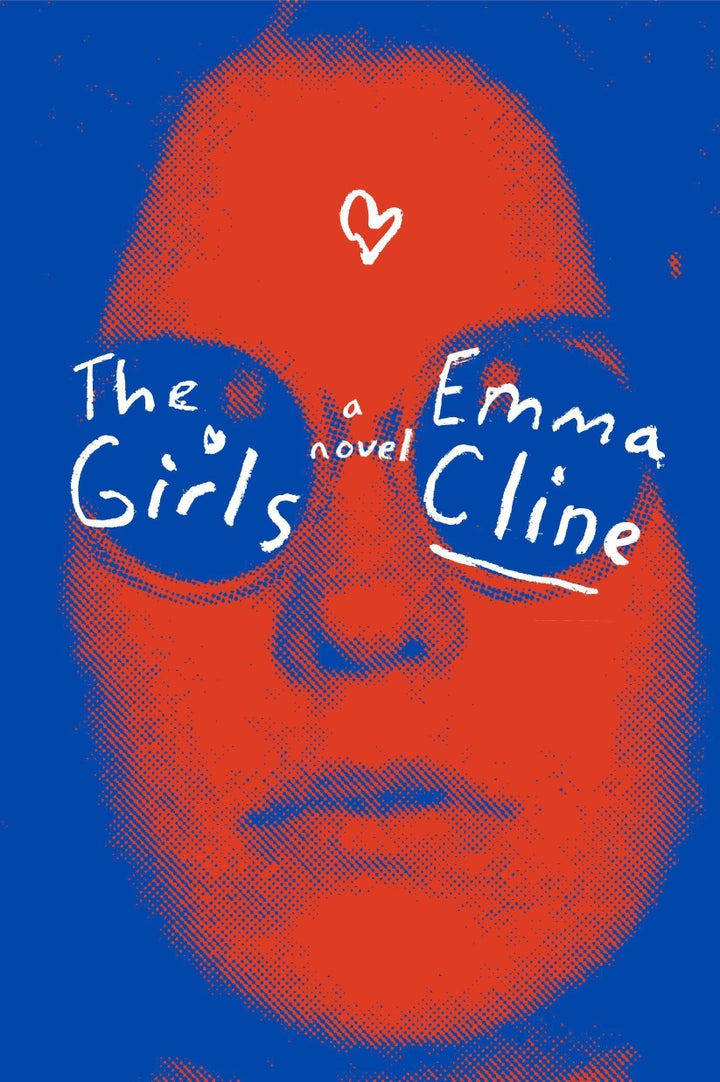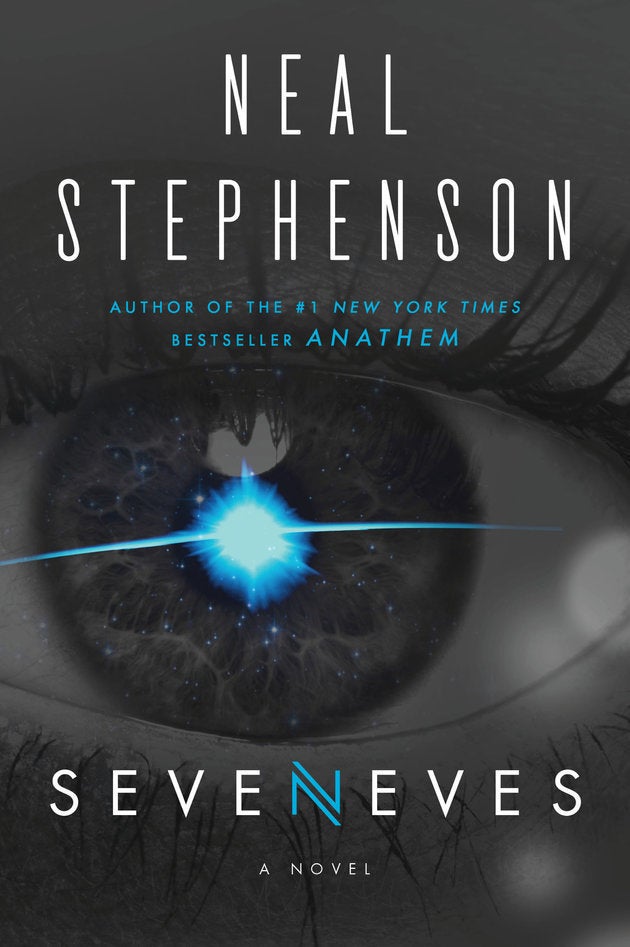
Evie Boyd had a crush on a boy, and she wanted him to notice. That he was older than her was no deterrent. Ever since he acknowledged her in a friend’s dimly lit kitchen -- “Looking good, Boyd” -- she felt awash in a hot, fluttery sensation whenever he came around. Never mind that he was her friend’s older brother, or that he was already in a relationship. She pursued his attentions hungrily, predatorily almost, rocking a blouse that framed her new gift of cleavage, in hopes that he’d look at her favorably again.
All of which is to say: Evie, the protagonist of Emma Cline’s powerful debut novel The Girls, was a 14-year-old girl like any other. Her parents recently divorced, she lazed around, avoiding her mother’s new hobbies, adopted desperately in an attempt to stay afloat: eating meals of nothing but miso, going on dates with kind, aloof cowboys. Evie and her family didn’t want for much -- they lived in a nice home in Petaluma, financed by her late grandmother, a well-known actress. But the divorce and a tumultuous breakup with her BFF left Evie feeling listless, unseen. It was a recipe for petty delinquency, and indeed, a run-in with an intoxicatingly pretty girl, cool and grimy, lead Evie to shoplift toilet paper on her behalf.
Up to this point, Cline’s novel reads like a bevy of other newly published works centered on the warring forces of confidence and powerlessness at war within young girls: Lindsey Hunter’s Ugly Girls, Rebecca Schiff’s The Bed Moved. Her sentences artfully waffle between strident and unsure, declarative and grasping at loose metaphors, like a teen making sense of the world, confronting it boldly as a test.
But the story of fumbling self-discovery is the backdrop for a more sinister event, a violent historical moment: the murders committed by Charles Manson and his “family,” the titular girls of Cline’s book. Evie’s shoplifting thrill evolves into more when she stumbles upon Suzanne, the girl who’d caught her attention before, and accompanies her back to a ranch where she and a slew of other young women and visitors fawn over an aspiring musician and proselytizer of the immaterial: Russell, i.e., Kentucky-hailed Charles Manson.
Evie feels her loneliness drift away at the ranch, which she visits often, using sleepovers with her ex-friend as an alibi. Viewing the communal living quarters, clothing pool, and sexual arrangements as the antithesis of her mom’s prim posturing, she feels at ease, especially when showered in Suzanne’s attentions. She recognizes, in retrospect, that Russell’s musical talent is lacking, his lyrics schmaltzy, his philosophizing equally so. She realizes, too, that many of their exchanges were games meant to test her subservience; feeling vulnerable, Evie passed.
These dreamy, drug-fueled scenes are punctuated by flashes forward, an adult Evie reflecting on her wayward youth, haunted by the question that’s lurked in the back of her mind since her visits to the ranch: If circumstances were different, if she’d been in the wrong place at the wrong time, would she have committed murder, too? These speculations aren’t so much meant to sympathize with Russell and Suzanne, who Evie posits “isn’t a good person,” as much as they serve to harshly illuminate the ways an individual’s environment can contribute to dark deeds.
Illustrating the malleability of insecure, lonely young women, Evie recalls visiting doctors when she was younger, and not knowing how to respond when asked to pinpoint the source and intensity of her pain. “I needed to be told,” Cline writes, “that was the whole point of going to the doctor.” She relates this foggy self-understanding, this need for direction, to the crimes committed by the ranch girls. “Of course the girls didn’t leave the ranch,” she writes, “there’s a lot that can be borne.”
As full as the book is of clearly articulated notions, paragraph-long observations on the paradox of feminine power and girlish powerlessness, it’s not a creed; Cline carefully treads along a well-paced plot, drawing characters with heart along the way. She manages to reflect on the tension between the selves we perform and the selves we feel we are -- “affected” is a favorite alternative to “said” -- without getting mired in commentary. The result is a book as fast-moving as a van on the run, as dark and atmospheric as the smog it cuts through.
The bottom line:
A complex story about girlhood, violence, and the psychology of cults, carried by the author’s buoyant sentences and easy insights into the paradoxes of femininity.
Who wrote it?
This is Emma Cline’s first novel. Her writing has appeared in The Paris Review and Tin House.
Who will read it?
Anyone interested in coming-of-age stories that go beyond lightheartedness, psychologically insightful fiction, and, of course, stories about girlhood and womanhood.
What other reviewers think:
The New York Times: "Cline gorgeously maps the topography of one loneliness-ravaged adolescent heart. She gives us the fictional truth of a girl chasing danger beyond her comprehension, in a Summer of Longing and Loss."
The New Yorker: "'The Girls' never entirely succeeds in justifying itself — in making the case that there was anything personally or historically necessary about Cline’s decision to raid the American-culture store and pluck one of the best-known and most lurid episodes from the shelf."
Opening lines:
"I looked up because of the laughter, and kept looking because of the girls.
I noticed their hair first, long and uncombed. Then their jewelry catching the sun. "
Notable passage:
"The intensity of his attention seemed exposing, and I laughed a little. I was just starting to learn how to be looked at. I took a deep drink. The glass was full of vodka, cloudy with the barest slip of orange juice. I coughed.
"'Your parents let you drink?' I asked, wiping my mouth.
"'I do what I want,' he said, proud and uncertain at the same time."
The Girls
by Emma Cline
Random House, $27.00
Publishes June 14, 2016
The Bottom Line is a weekly review combining plot description and analysis with fun tidbits about the book.

